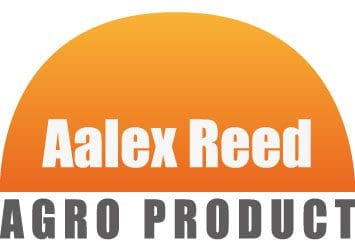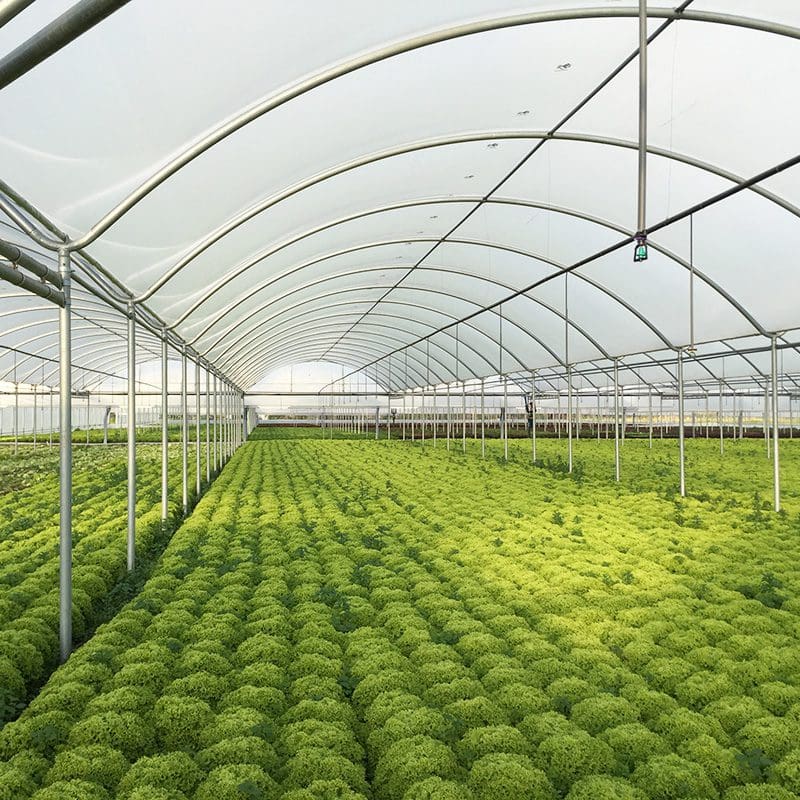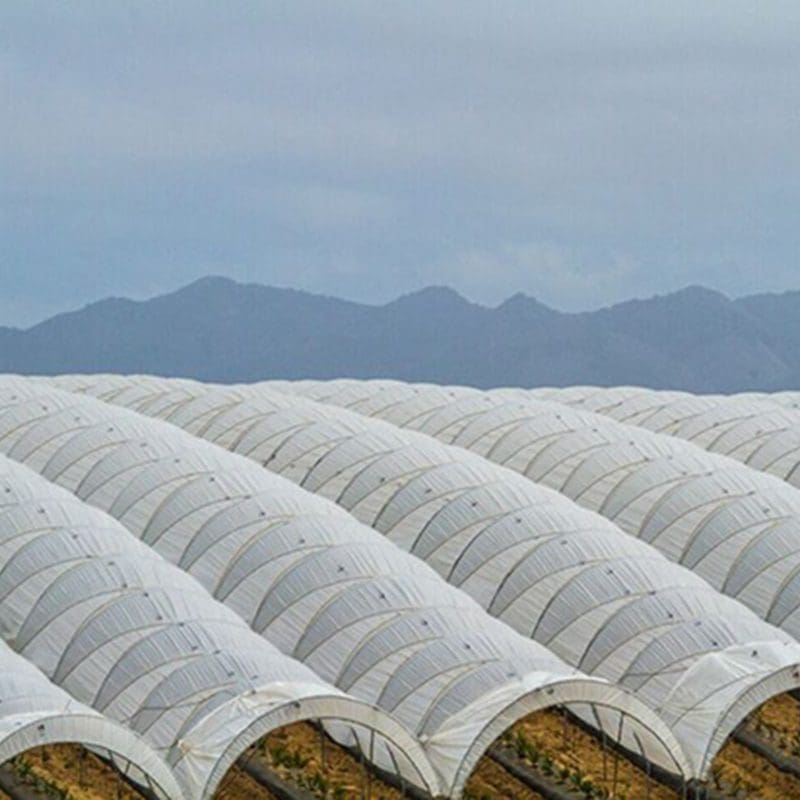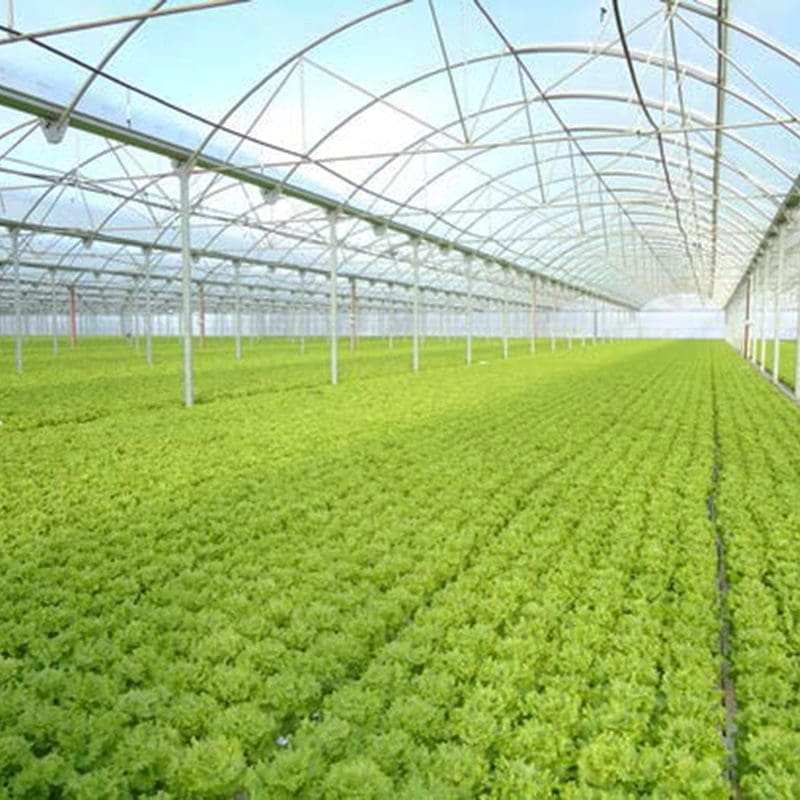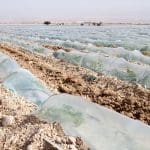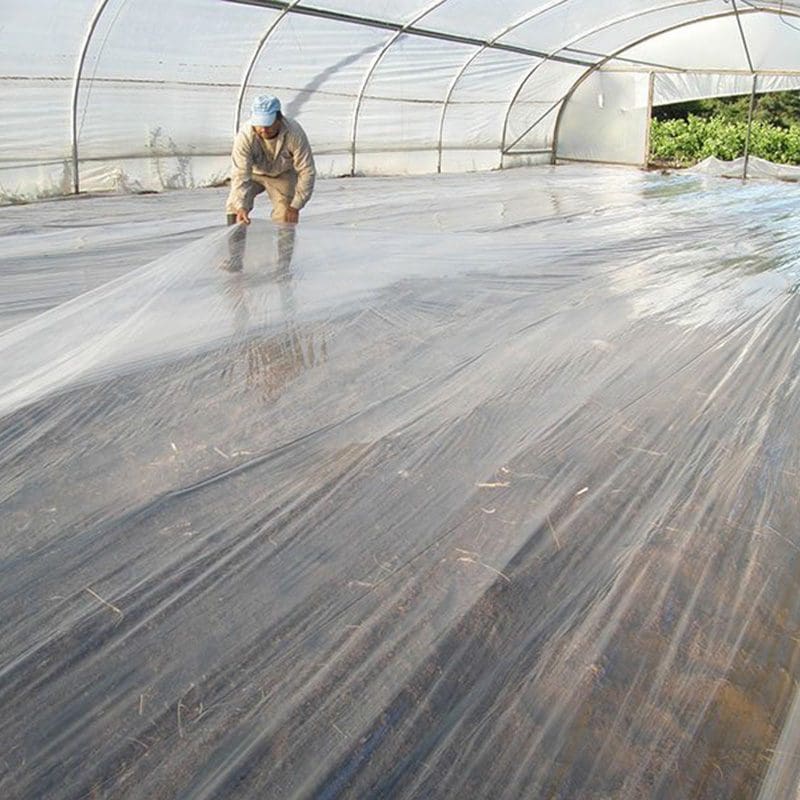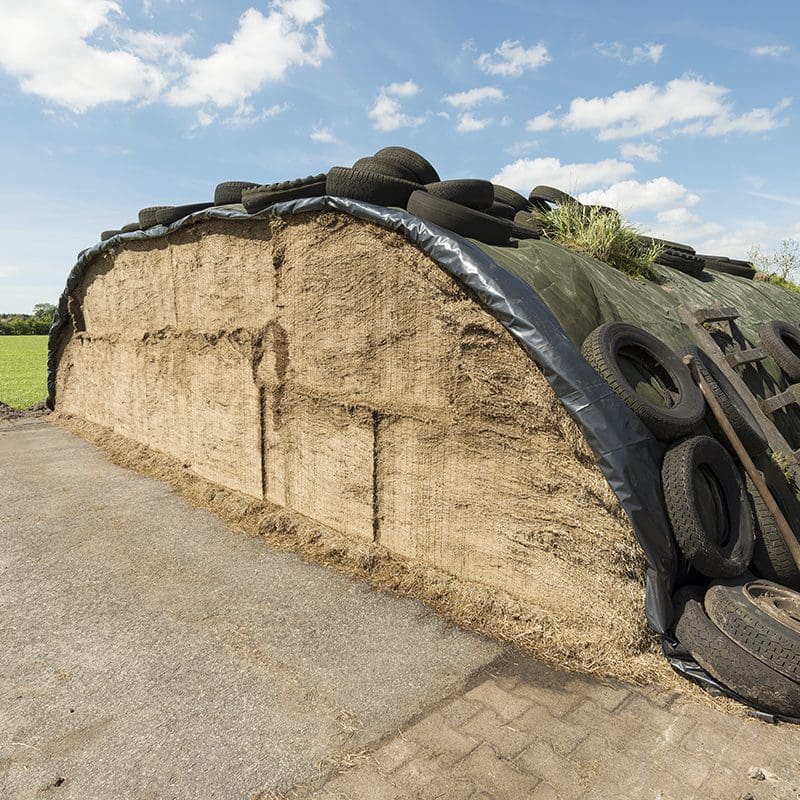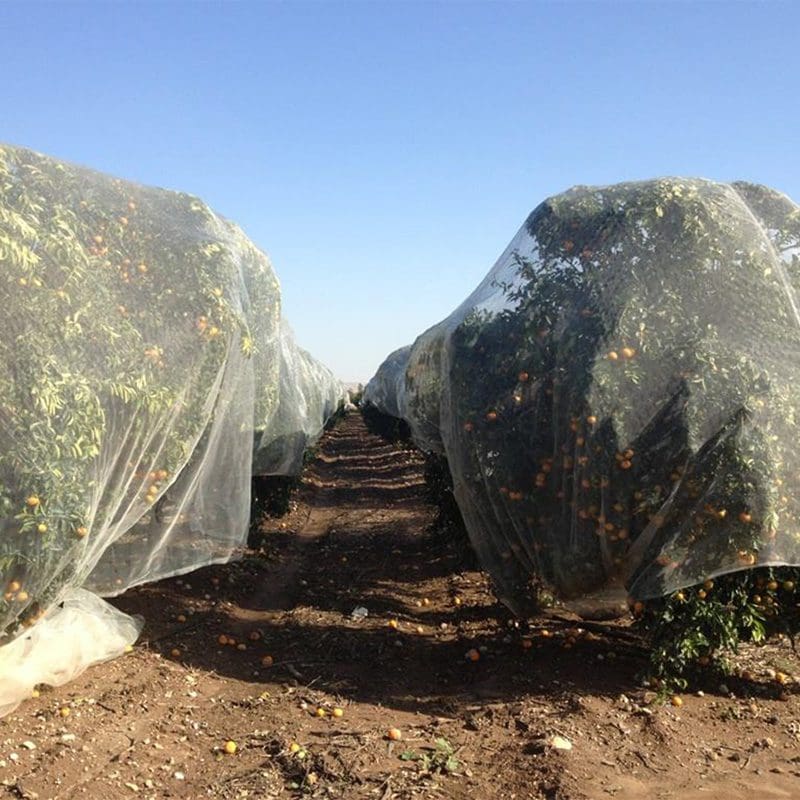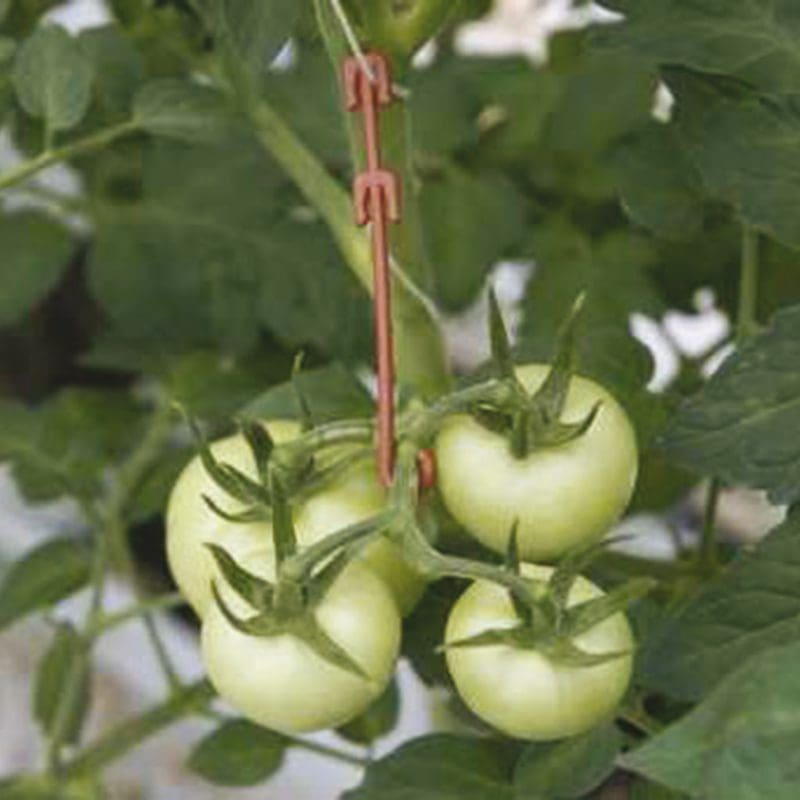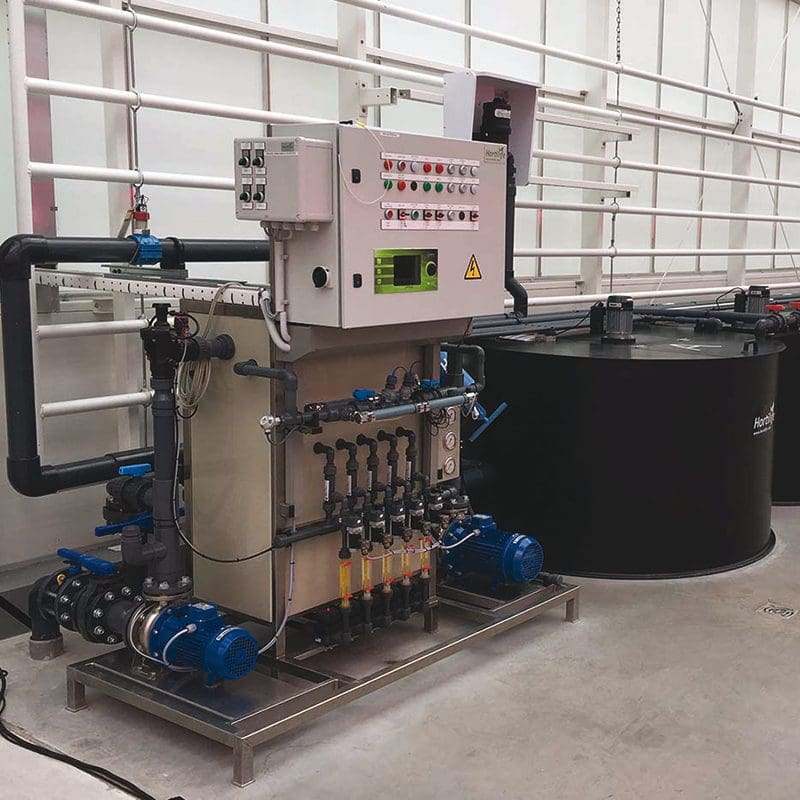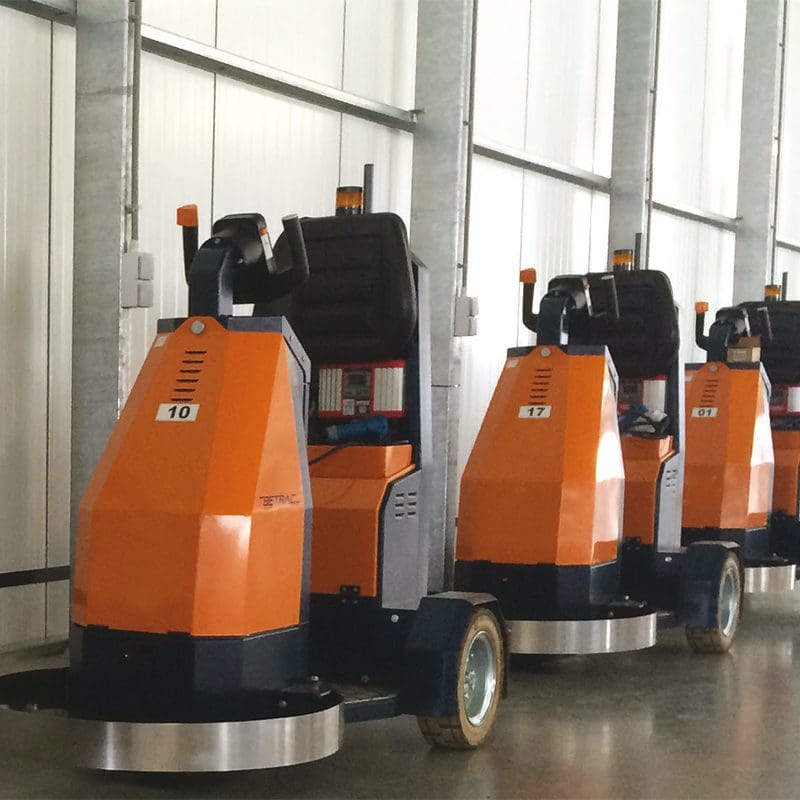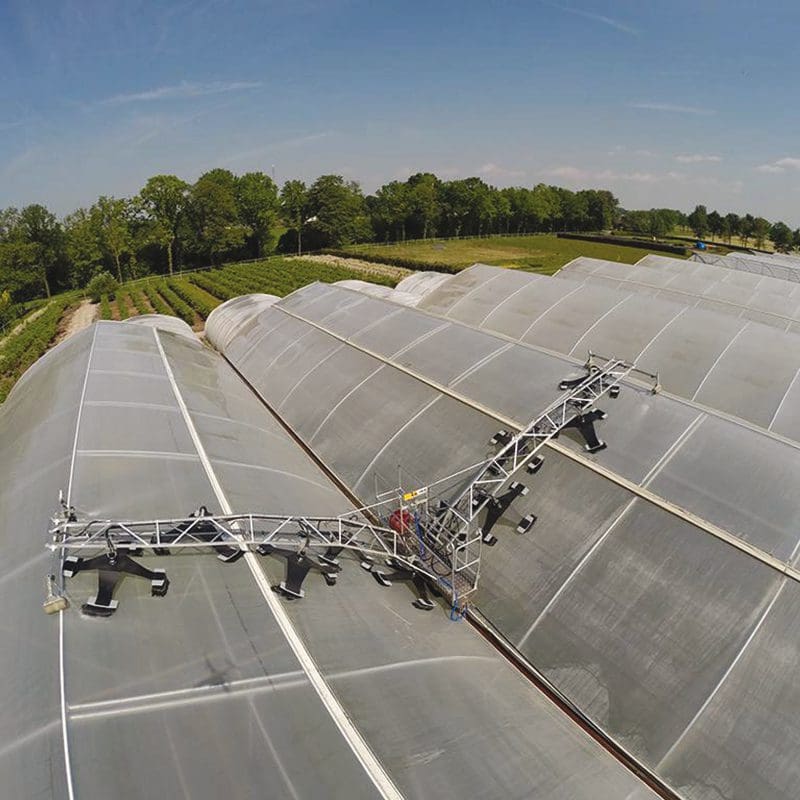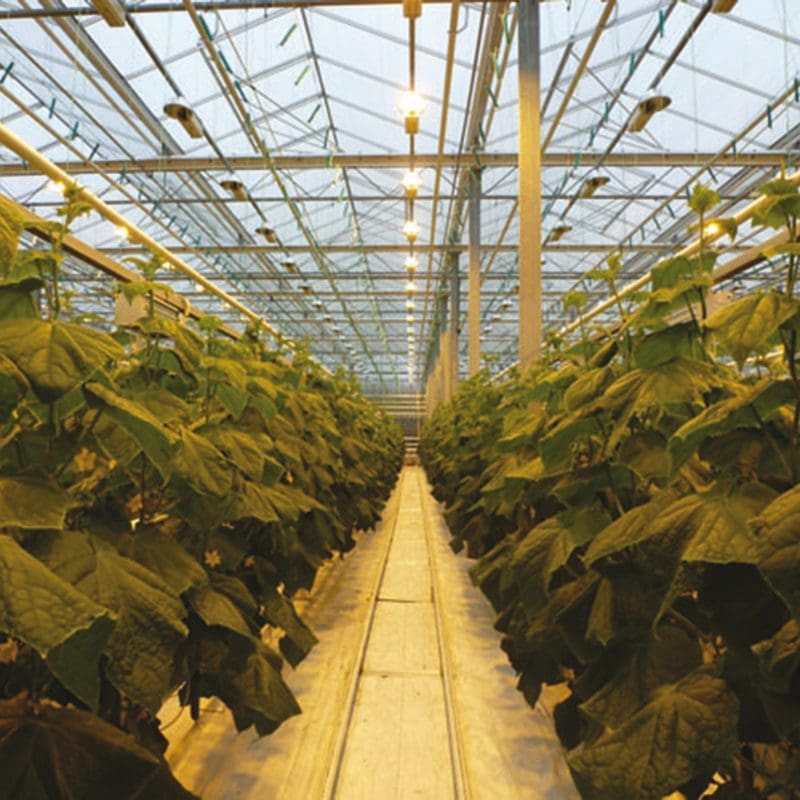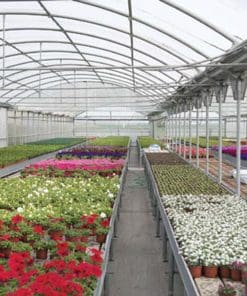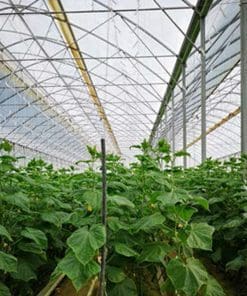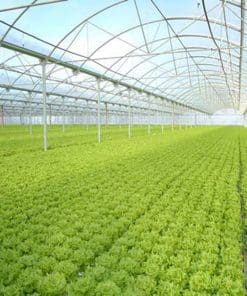Greenhouse & Tunnel films
Greenhouse & Tunnel films
Greenhouse & Tunnel films
Greenhouse & Tunnel films
E1522 Diffused film with anti-fog AF – UVA diffuser with drip driven
Greenhouse & Tunnel films
Greenhouse & Tunnel films
Greenhouse & Tunnel films
E1540 Clear PE film with anti-fog – UVA transparent with drip-driven
Greenhouse & Tunnel films
Greenhouse & Tunnel films
Greenhouse & Tunnel films
Greenhouse & Tunnel films
Greenhouse & Tunnel films
Agricultural film for Growing Tunnels
Agricultural film with coating that transmits sun rays covers buildings like greenhouses and high tunnels. Against wind, rain, snow, and other natural calamities, the building offers the crops physical protection. A climate control system is also possible inside. The production output per hectare is significantly increased with agricultural films, and crop quality is also improved. Globally, the agricultural industry has witnessed a transition from traditional to modern farming methods due to the rise in global food demand. Better circumstances that result in higher quality and productivity are made possible by climate control inside the building. A year-round supply of flowers, vegetables, and fruits can be produced by growing them inside climate-controlled greenhouses or tunnels.
Boosting productivity and safeguarding crops
More effective production and crop security techniques are required due to expanding populations and consumers’ growing demand for year-round access to fresh fruit. A flexible material, polyethylene may be used to make agricultural films that protect crops and increase crop yield. The film is resource-effective, long-lasting, and maintains its integrity. This can all result in a lengthier harvest season.
The advantages of greenhouse and tunnel films are obvious.
- Make it possible for a wider range of crop varieties.
- Defend crops against the elements and pests
- lower the nighttime temperature shock
- Make careful to water properly.
- Films for greenhouses and tunnels made of polyethylene
Tunnels and greenhouses are typically built at very high layflats, up to 65 feet. As a result, during production, bubble stability is crucial. For these uses, polyethylene films must:
- Avoid being exposed to UV light
- Avoid fogging from internal moisture condensation.
- Withstand environmental pollutants (such as acid rain and particles)
- Be able to tolerate mistreatment
- Allow light to travel through
In order to create high-performance agricultural films, we combined our polyethylene expertise with our knowledge of the agricultural industry. Let’s discuss how we can assist you in getting the finest results possible.
